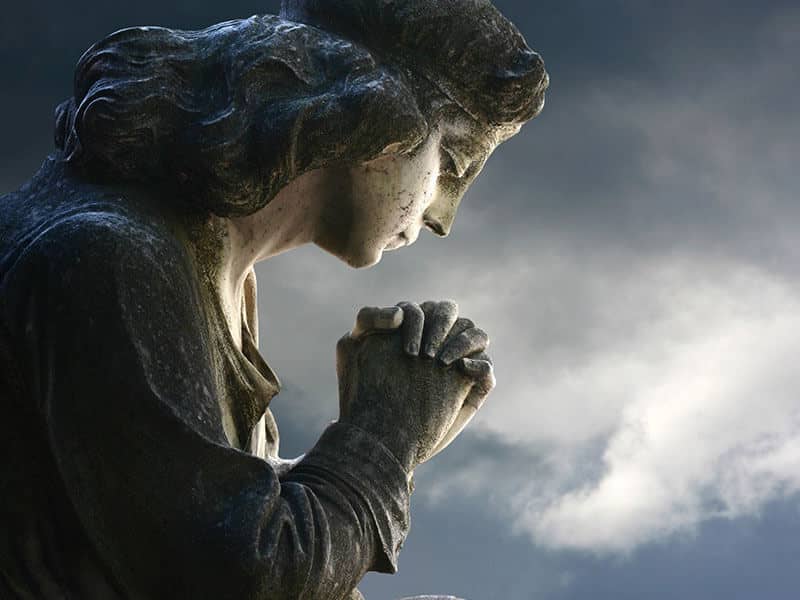
I was 10 or 11 when my father sat me down at our kitchen table, took a raw egg from the refrigerator, placed it squarely in my palm and told me to close my fingers around it.
"Now," he said, "break it."
"Break it? Are you sure?"
"Yes. Squeeze the egg as hard as you can."
I tightened my fingers—at first just a little, knowing the egg would explode all over me if I really applied pressure. But nothing happened. So I tightened my grip more. Still nothing. To my amazement, the egg wouldn't break.
"What did you do, put it in the freezer or something? How come I can't break it?"
"I didn't do anything to it," my father said. "It's just an ordinary egg. But as you can see, ordinary eggs really aren't so ordinary at all."
What my father showed me that morning was a simple science trick—one that countless parents and teachers have enjoyed surprising children with over the years. The shape of the eggshell is structurally so close to perfect that it can resist much more pressure than one would ever suspect it could.
But the insight my father shared with me—that the ordinary egg is really a completely miraculous object—has to do with much more than science tricks. There is a mystery hiding in the egg—a mystery as profound as that of life itself.
It was the French writer Louis Charbonneau-Lassay who best expressed just what this mystery is, in his celebrated book “The Bestiary of Christ.” "The egg," he wrote there, "contains a promise."
To find out just what that promise is, we need to start far back in time, at the very beginnings of human history. "To our pre-Christian ancestors," Francis X. Weiser writes in his “Handbook of Christian Feasts and Customs,” "it was a most startling event to see a new and live creature emerge from a seemingly dead object."
So startling was it that the mythmakers of the ancient world featured eggs in many stories they told about the origins of their gods and heroes, and of the entire universe. In Chinese folk mythology the trickster-hero Monkey was born from a stone egg impregnated by a bolt of lightning.
According to a Hindu myth, the sun sprang from an egg at the beginning of time. Even the biblical Eden has been imagined by artists and visionaries as existing within a giant egg, which was shattered in the fall. All these peoples agreed in their different ways that there is something irreducibly mysterious about the egg. But the promise that Charbonneau-Lassay wrote of was still unknown to them. It was only with Christianity that that secret promise finally emerged into the light for all to see. And it brought about the creation of a new object: the Easter egg.
As the Easter egg spread with the new religion it celebrated, new symbolic associations grew up around it. The egg's hard shell now symbolized the old, unredeemed creation, and the chick breaking through it was Christ himself, pushing aside the rock that barred his tomb and leading the way into a redeemed world. This was a triumph that was not destined to fade away come winter. No more did death have the final say, for Christ had overcome it once and for all.
In Russia and Eastern Europe, this new vision was celebrated in traditions of egg decoration that took on tremendous complexity. The craft of pysanky—from the Ukrainian word pysaty, "to write"—uses methods of dyeing and painting that can take up to six days to complete, with family secrets of preparation being passed on over generations.
Contemporary pysanky master Yaroslava Mills gives an example of how intricate the connection between egg decoration and the beliefs that underlie it can be. "During the agony of Christ," Mills explains, "Mary decorated some pysanky to offer to Pontius Pilate when pleading for her son's life. As she prepared them, her tears fell on the eggs, forming dots of brilliant color." So were born the dot patterns that pysanky artists often use.
In other parts of Europe, equally beloved traditions of egg decoration sprang up, along with equally imaginative ways of disposing of the eggs once they were decorated. An Easter egg could become a treasured keepsake, a quickly eaten meal or the object of any number of games.
In England, the tradition of "pace-egging" (from Pasch, the Greek term for Easter) sends children begging door to door for eggs like Halloween trick-or-treaters. Egg-rolling contests also became popular in a number of countries—including America, where the White House Easter Egg Roll continues to be a beloved custom today.
"Hope," wrote Saint Augustine, "in my opinion can be compared to the egg. For hope has not reached its goal; likewise the egg is something, but it is not yet the chicken."
Whether decorated laboriously over the course of days or instantly with a simple dunk in a sky-blue bowl of dye, the eggs we enjoy at Easter all harken back to that first Easter morning when hope was born anew, and the world was reborn along with it. This hope is the secret promise of the egg that Charbonneau-Lassay wrote of, and the real reason why, as my father so memorably showed me, there really isn't such a thing as an ordinary egg.
It's a promise that is echoed in a Latin inscription on a marble egg sculpted by a 16th-century French artist. Post tenebras spero lucem: "After the darkness, I hope for the light." It's also the promise expressed in the traditional exchange that accompanies the presentation of decorated Ukrainian eggs on Easter morning—words that echo those spoken by the angel at Christ's tomb.
"He is risen."
"He is risen indeed."

